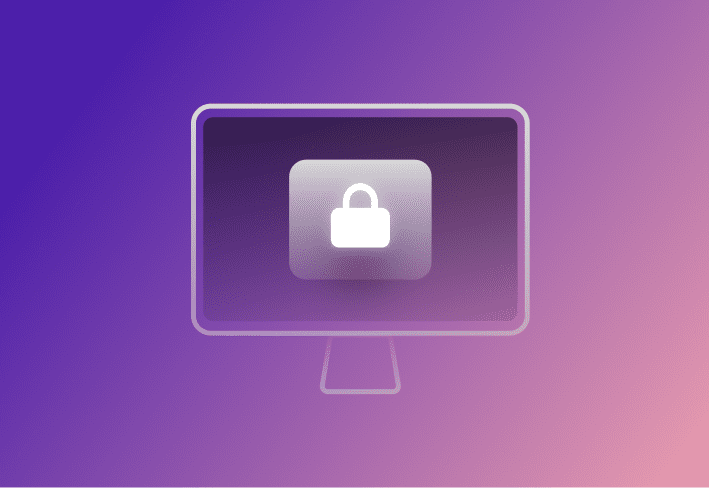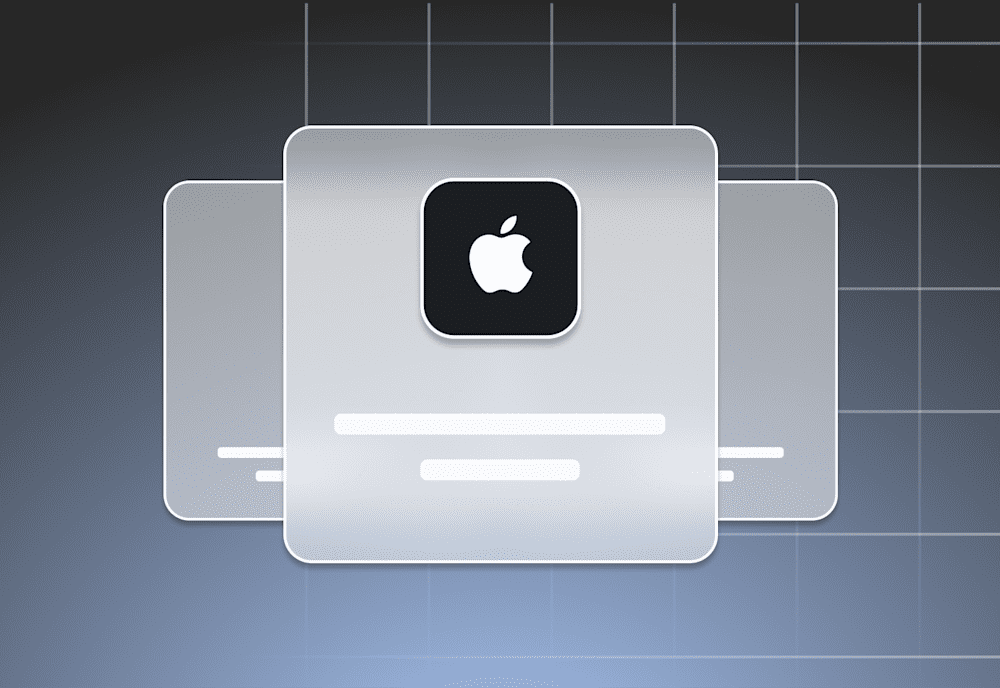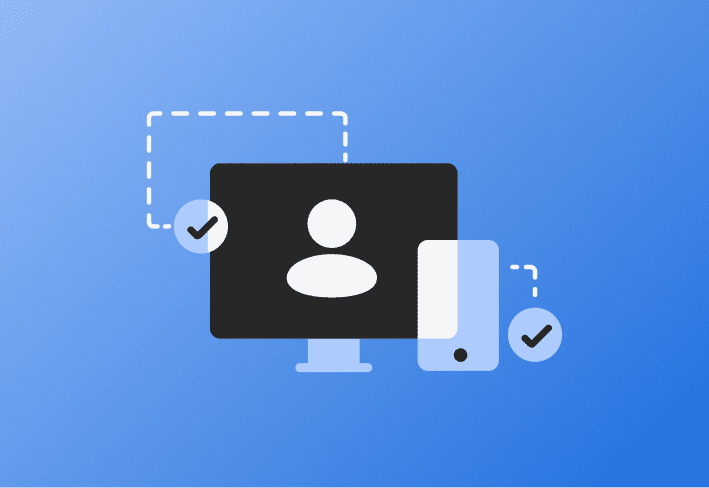Mobile threat defense (MTD) is a security solution that protects mobile endpoints. It encompasses prevention, detection, and response, which are the critical foundations of mobile device cybersecurity. Think of an MTD solution as a bouncer at an exclusive club: Its job is to scare off the riffraff, watch for troublemakers who get inside, and kick out any ne’er-do-wells.
We’ll explain what a mobile threat defense solution is, why you should use one, and how to choose the best tool for your business.
What is an MTD solution?
An MTD solution is software designed to prevent, detect, and respond to threats against mobile devices, including smartphones, tablets, and often laptops. With continuous, real-time monitoring, a high-quality MTD solution should be able to block threats, remediate issues, alert users to potential problems, and quarantine an infected device if the need arises.
Why would a business need an MTD solution?
Businesses need a mobile threat defense solution to maintain a strong cybersecurity posture. If you’re a MacAdmin, I know I don’t need to convince you of the value of cybersecurity. Feel free to skip to the next section. But if you’re one of those notorious executives who doesn’t know technology, pull up a chair!
According to Verizon’s 2022 Mobile Security Index, 45% of respondents said they experienced a compromised mobile device within the last year. Of course, you have to worry that bad actors may have access to any corporate data on that compromised device. But perhaps more troubling, a compromised mobile device poses a potential threat to every other endpoint in your environment. While Mac security has some distinct advantages, even Mac shops are susceptible to threats. Effective cybersecurity requires a layered approach. An MTD isn’t the be-all and end-all of mobile security, but the right solution can help with the following aspects:
Comply with regulations: NIST. HIPAA. GDPR. SOC 2. ISO 27001. No, this isn’t an attempt to recite the alphabet backward after a few too many whiskeys. It’s just a handful of the common regulatory compliance standards, each with cybersecurity components. And guess what? Any cybersecurity requirements apply whether the device sits on your office desk or travels in your back pocket. If the endpoint contains sensitive data, it’s governed by the same compliance standards.
Support a BYOD policy: Without an MTD solution, embracing a BYOD policy can turn your environment into a lawless land ripe for disaster. A mobile threat defense solution can help you overcome some of the challenges associated with BYOD to keep your employees happy without jeopardizing the whole shebang.
Respond to threats faster: You need to act quickly to prevent the spread of mobile device cybersecurity threats. Unless your IT team is basically The Flash after 20 Red Bulls, an MTD solution is likely to improve your speed of mitigating threats.
Enhance visibility: Maintaining and protecting devices requires insight. You need to know what you’re guarding, or it’s darn near impossible to keep it safe. That’s why you never see TV shows about a heroic FBI agent tasked with protecting an unnamed government official.
How does MTD work?
Mobile threat defense aims to detect indicators of compromise, such as abnormal behavior and other anomalies. A solution generally collects device data and analyzes it using machine learning and threat intelligence. Solutions work on three levels:
Device: An MTD solution may monitor the following device-level components for signs of potential problems:
System parameters
System libraries
Device configurations
OS version
Security updates
Firmware
Encryption
Access control settings
Suspicious device anomalies (battery drain, escalating privileges, etc.)
Application: On an application level, an MTD tool may analyze code, reverse engineer mobile apps, perform heuristic- or signature-based scanning, and sandbox to check for grayware or malware. Some mobile threat defense software can also prevent the download of potentially malicious apps.
Network: MTDs analyze the network for the following indicators of compromise:
Invalid certificates
Malicious URLs
Secure Sockets Layer (SSL) stripping
How to choose an MTD?
Choosing an MTD solution requires the same basic steps you’d take when picking any software. You need to weigh your needs and environment along with the software’s capabilities to determine the best fit. Here are some of the top considerations:
Platform support: Most mobile threat defense solutions support iOS and Android OS, but some focus on just one platform. A few also support macOS and Windows.
Features: Since mobile threat defense solutions vary in features, you’ll want to make sure any product you consider has what you need. While device-, application-, and network-level monitoring are standard, some MTD solutions include other helpful functionality. App vetting, content filtering, vulnerability management, phishing attack protection, and other features may be valuable bonuses.
Existing workflows: Depending on your existing software and workflows, an MTD solution might fit in seamlessly or require a little more effort.
Budget: Life isn’t fair, and neither are budgets. If your budget is limited, cost may be a major factor in your decision.
Reviews: Heed the advice of those who came before you. MTD software reviews can help you detect any potential hurdles or highlights so that you have a clearer idea of what to expect.
How much is an MTD solution?
Mobile threat defense solutions vary in price from free to over $10 per device per month. Some solutions also offer volume discounts or custom pricing. But rather than focusing on the price tag itself, assess the overall value to your organization. If a higher-priced solution has more useful features, it may make up for the added expense by saving your team’s valuable time or providing a higher level of security. After all, the average cost of a breach in the U.S. is $9.44 million, and you can bet it would eat up a lot of your time.
How do Apple MTD and Android MTD solutions differ?
Most major mobile threat defense solutions support both Apple and Android devices. However, those focusing exclusively on one platform can provide more tailored features. Apple- and Android-specific MTD solutions vary based on the unique features of each platform. Whereas Apple is more locked down, Android offers a bit more flexibility and freedom.
Apple MTDs must operate within the confines of Apple’s tightly controlled ecosystem, which is less susceptible to mobile malware. Leveraging Apple’s built-in security features, Apple MTDs can provide advanced threat detection, prevention, and remediation capabilities. Many Apple MTDs work on any macOS or iOS device and can look for Apple-specific vulnerabilities.
Because of Android’s open operating system, Android MTD solutions have more options for advanced features, including deeper device access, call blocking, and more.
What's the difference between MDM and MTD?
MDM focuses on managing and securing mobile devices, while MTD aims to prevent, detect, and respond to malicious threats.
Using a mobile device management (MDM) solution is like teaching your kid to swim. An MTD is like putting your kid in a life vest, scuba gear, and shark-bite-resistant chainmail suit. In some environments, an MDM might be enough. But mobile security is full of rough waters and apex predators, so you’re better off playing it safe and using both MDM and MTD solutions.
An MTD is a valuable security tool in its own right, but using it with an MDM makes it that much better.
For one thing, most MTD solutions require an agent on target devices, and the easiest way to install that agent is with an MDM. SimpleMDM’s intuitive design makes licensing, deployment, and monitoring intuitive so that you can spend less time laying the groundwork for strong security and more time reminding end users to actually follow established policies.
Cheese and wine, peanut butter and jelly, extra-hot buffalo wings with beer (and regret) — some things just go better together. To see how SimpleMDM pairs beautifully with your MTD of choice, sign up for a free 30-day trial.



